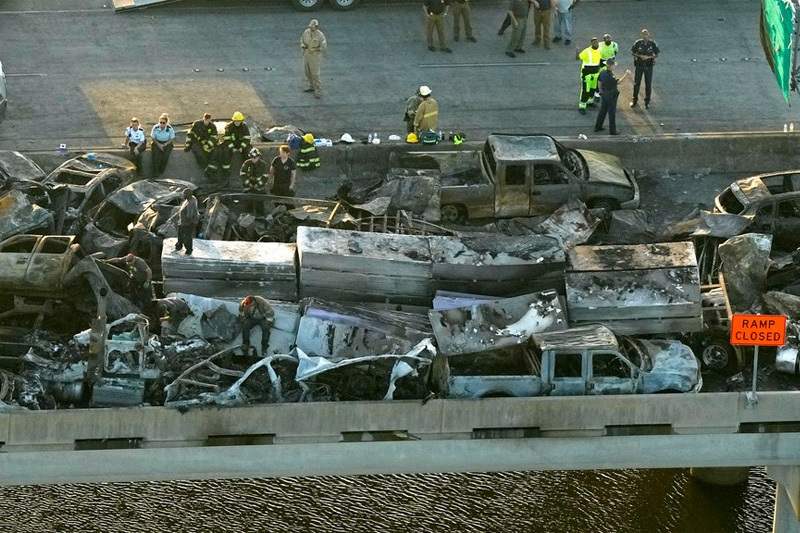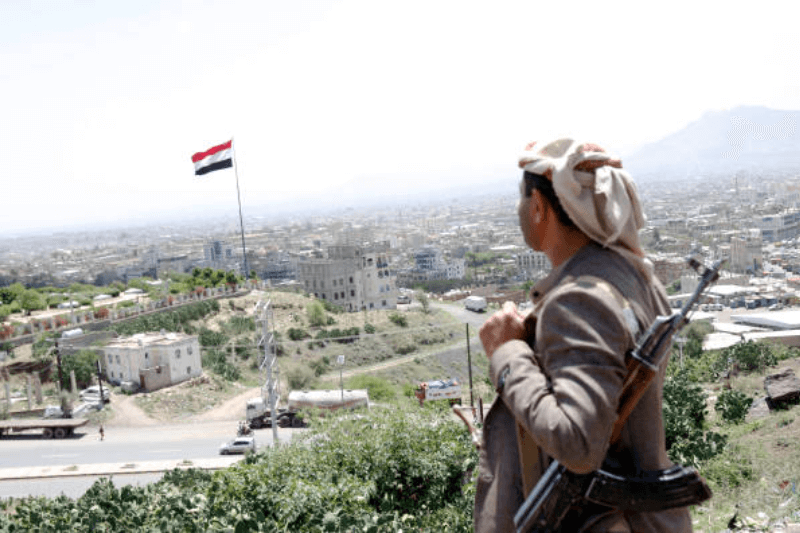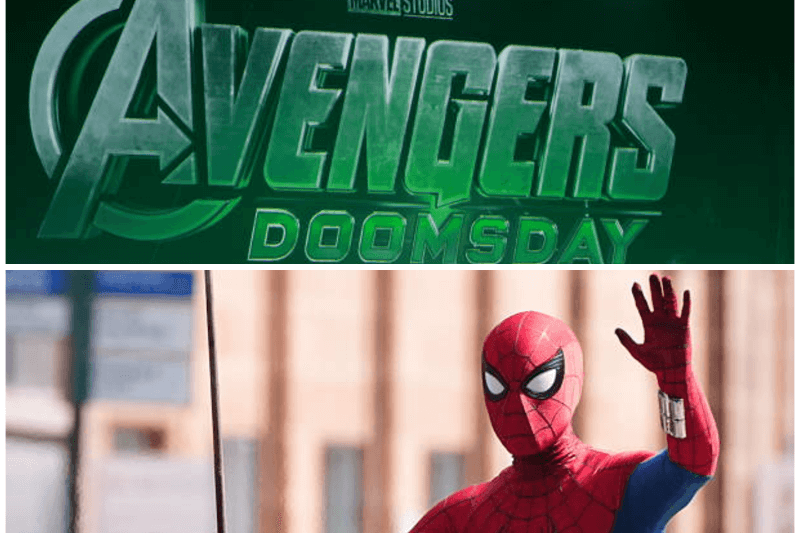
Superfog: Understanding How Louisiana’s Deadly 158-vehicle Pileup Unfolded
Seven people were killed in crashes Monday morning involving at least 158 vehicles in the northbound and southbound lanes along a stretch of Louisiana’s Interstate 55.
An unusually dense layer of fog was partly to blame for the accidents, which left more than two dozen others injured and a mileslong trail of crumpled and charred vehicles.
According to local officials, a dangerously thick “superfog” that caused the huge vehicle pileup north of New Orleans was made worse by wildfires burning nearby.
Fires And Humidity Creating The Perfect Storm
Superfog can lower visibility to less than 10 feet, with the most severe instances known to facilitate near-zero visibility, according to the National Weather Service.
The notorious low-visibility conditions form when moisture in the air mixes with smoke from burning brush, leaves and trees in swampy marshlands.
Although superfog conditions are unusual, they do occur periodically in the South, where marsh fires, calm winds and humidity can create the perfect conditions for thick veils of fog.
Keep Reading
Are Superfog And Smog The Same?
Superfog and smog both reduce visibility. But the two are different, with the latter known to occur when air pollution interacts with fog to create hazy conditions that harm one’s health.
The low-visibility conditions in Louisiana early Monday had mostly lifted by that afternoon, though fog advisories remained over a small patch of the state into Tuesday.
Local officials said Monday dense fog was “heavily impacting” parts of the interstate and called on people to avoid the area and stay cautious when getting around.
What Do Experts Suggest?
Vast swathes of Louisiana remains in the grips of extreme drought, making marsh fires more frequent and thus elevating possibilities of superfog.
The weather service in New Orleans asked people to not stop on the road during near-zero visibility conditions as this could trigger an accident.
“Instead pull off to the shoulder or take the nearest exit to surface streets if you are on the interstate and are uncomfortable driving in the dense fog.”




